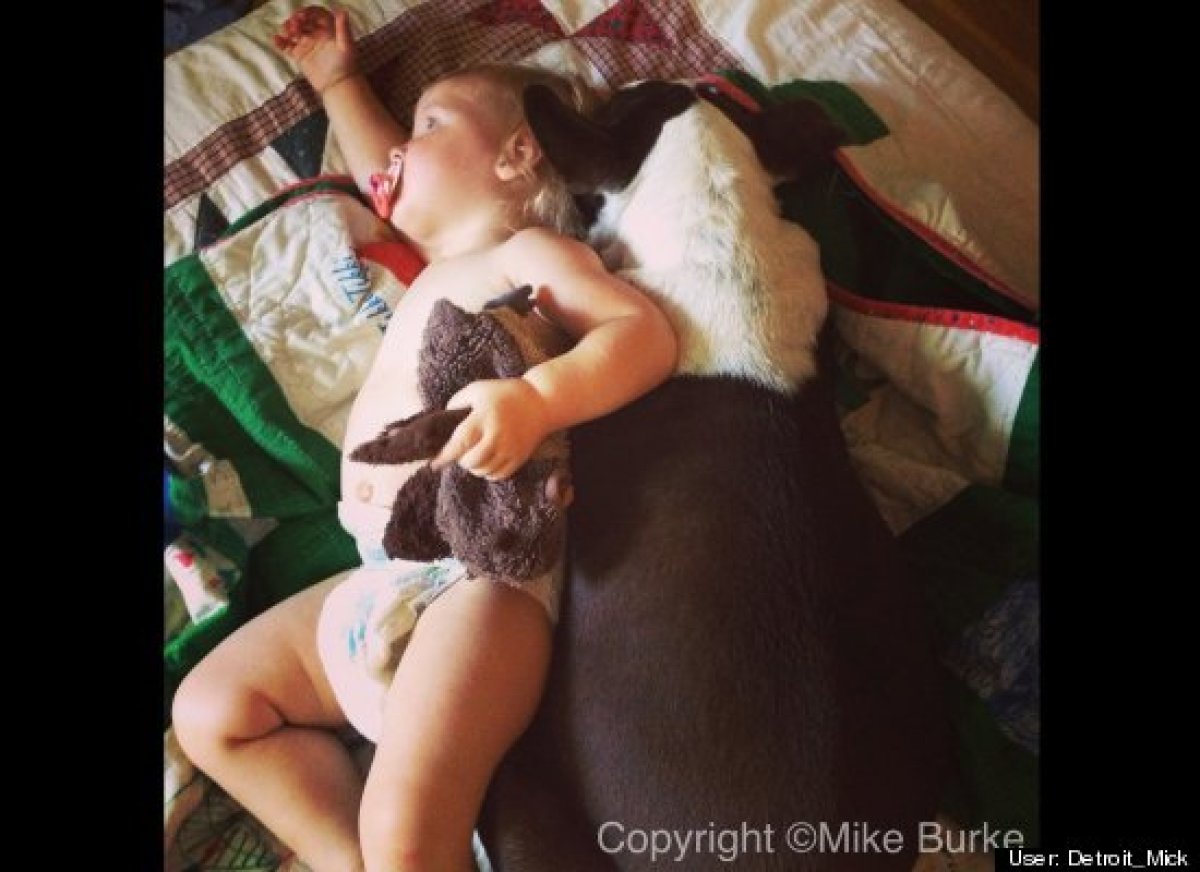The next attempt at modifying the dog's behavior was actually on the surface a good idea;she hired who is (in our canine community) one of most quoted (in animal behavior journals) Behaviorist there is. According to my Client, he arrived, sat on the couch, gave a lecture on the history of dog training, and hit the dog on the head with his folder. He then attempted to place a muzzle on the dog (which is a normal procedure). When that didn't work, he placed a head collar on the dog and as the other "trainer" instructed, pull up sharply on the collar when she get aggressive. According to my client, all that did was cause scrapes and other injuries to the dog. What was accomplished by these "experts"? NOTHING GOOD. the dog was worse than ever before.
In an effort to curtail my long-winded writing, I am only going to tell you what these gentlemen DID accomplish and not my treatment. What they accomplished was to teach the dog that people entering the home is going to cause her pain. the prong collar had been on the dog 24/7 for almost 6 months!!! Because of this, the dog was ALWAYS anticipating a painful moment. Can you imagine? PLEASE, when you consider hiring a trainer make sure you explain the problem carefully and ask what methods they use to train. Make sure they include positive reinforcement.

